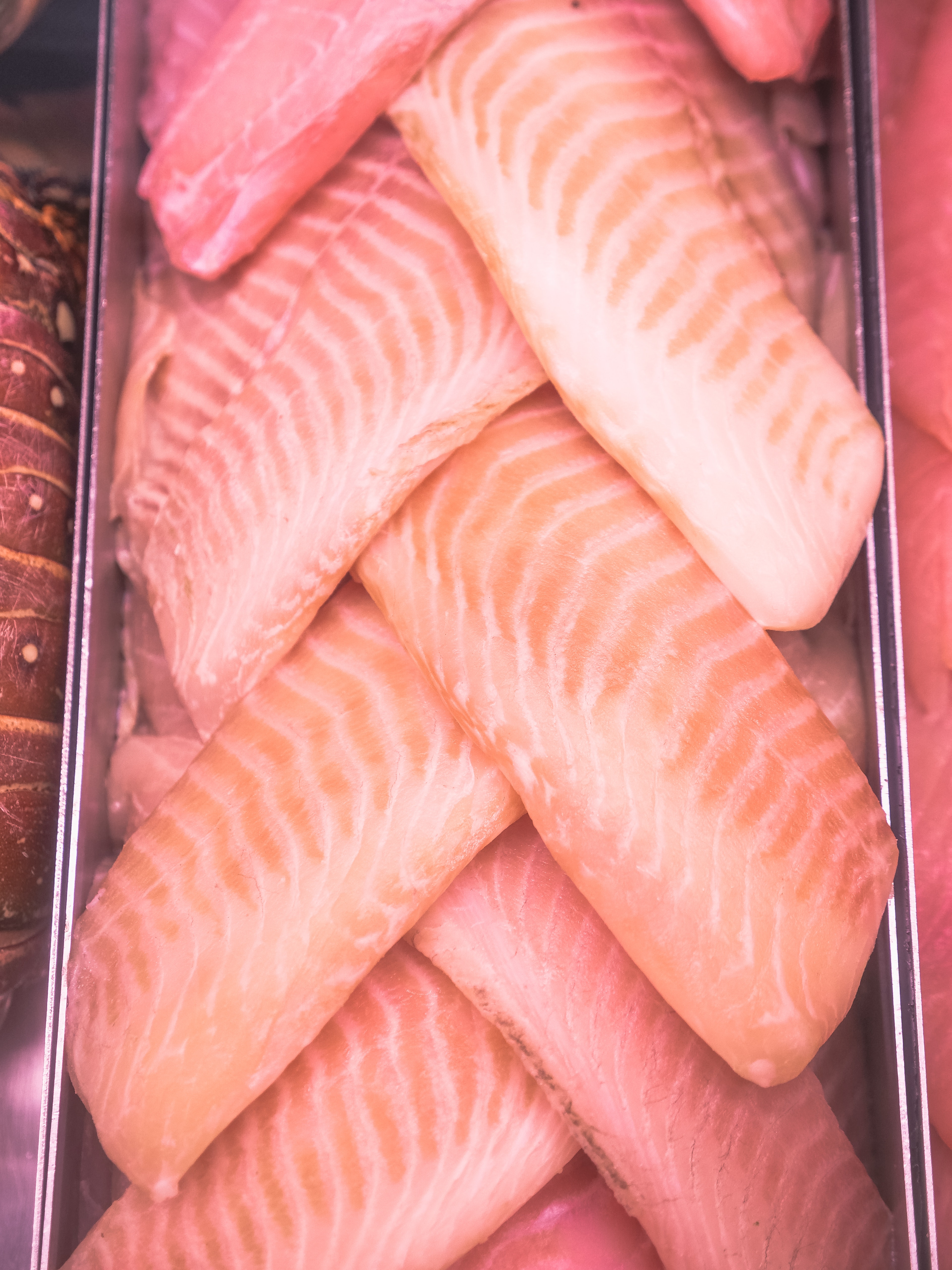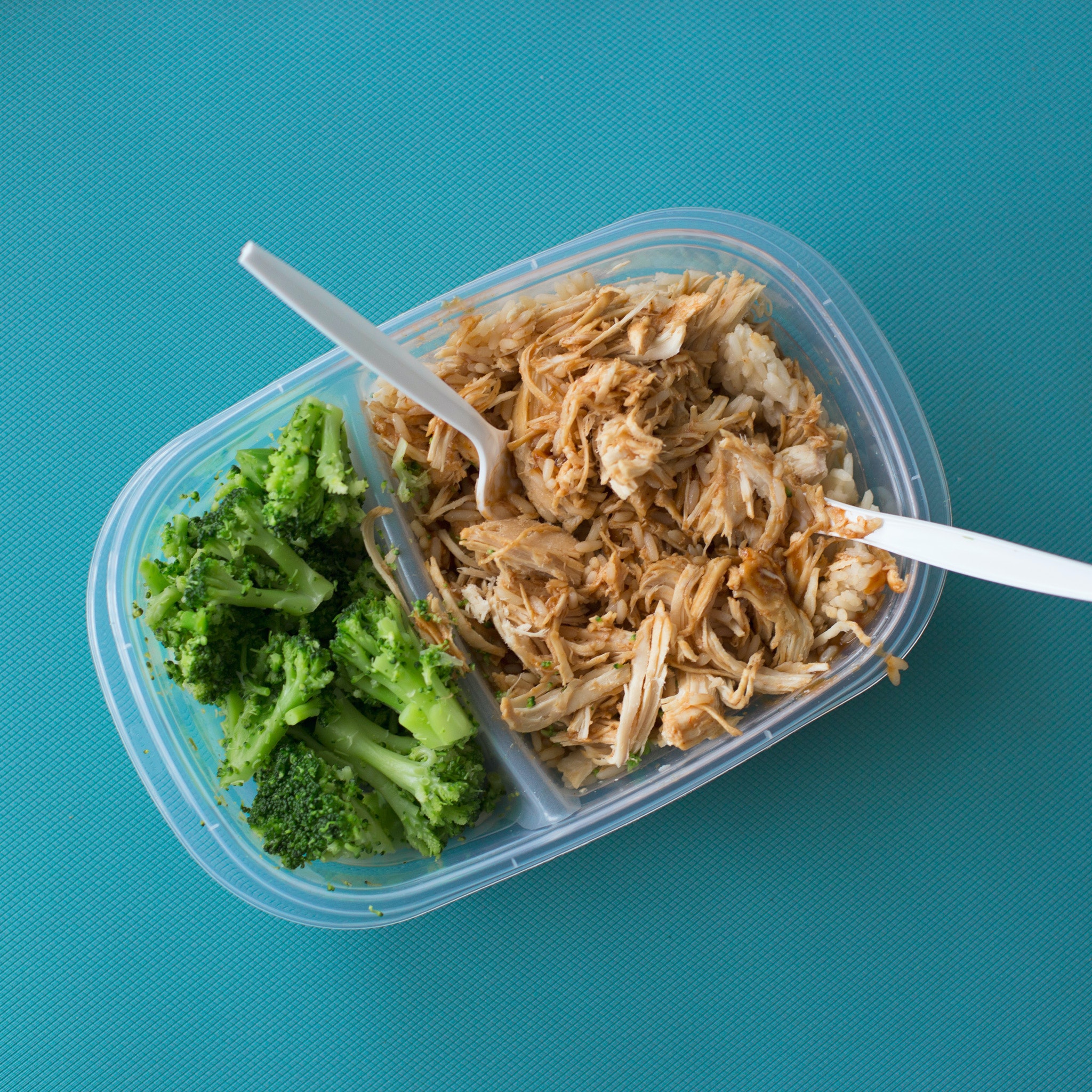Refreezing Foods
go.ncsu.edu/readext?863940
en Español / em Português
El inglés es el idioma de control de esta página. En la medida en que haya algún conflicto entre la traducción al inglés y la traducción, el inglés prevalece.
Al hacer clic en el enlace de traducción se activa un servicio de traducción gratuito para convertir la página al español. Al igual que con cualquier traducción por Internet, la conversión no es sensible al contexto y puede que no traduzca el texto en su significado original. NC State Extension no garantiza la exactitud del texto traducido. Por favor, tenga en cuenta que algunas aplicaciones y/o servicios pueden no funcionar como se espera cuando se traducen.
Português
Inglês é o idioma de controle desta página. Na medida que haja algum conflito entre o texto original em Inglês e a tradução, o Inglês prevalece.
Ao clicar no link de tradução, um serviço gratuito de tradução será ativado para converter a página para o Português. Como em qualquer tradução pela internet, a conversão não é sensivel ao contexto e pode não ocorrer a tradução para o significado orginal. O serviço de Extensão da Carolina do Norte (NC State Extension) não garante a exatidão do texto traduzido. Por favor, observe que algumas funções ou serviços podem não funcionar como esperado após a tradução.
English
English is the controlling language of this page. To the extent there is any conflict between the English text and the translation, English controls.
Clicking on the translation link activates a free translation service to convert the page to Spanish. As with any Internet translation, the conversion is not context-sensitive and may not translate the text to its original meaning. NC State Extension does not guarantee the accuracy of the translated text. Please note that some applications and/or services may not function as expected when translated.
Collapse ▲In last week’s column, I shared that is it perfectly safe to refreeze better that had been frozen and defrosted. This led to questions about other foods that may have been frozen and thawed.
In general, there really isn’t a problem with refreezing most foods. The important thing to consider is if the food was kept at a safe temperature as it thawed and stored after thawing.
The best way to tell if the food is safe is to take its temperature. If it still has ice crystals or is below 40 degrees the whole time it was thawed, it’s safe to refreeze. Also note, while safe, there may be a quality change as foods are thawed and refrozen due to the moisture loss through thawing.
The U. S. Dept. of Agriculture (USDA) also says that if you purchase previously frozen meat, poultry, or fish at a retail store, you can refreeze if it has been handled properly.
Similarly, after cooking raw foods which were previously frozen, it is safe to freeze the cooked foods. If previously cooked foods are thawed in the refrigerator, you may refreeze the unused portion. Again, the safety of the food depends upon how it was handled. The raw food should have been handled properly before it was frozen, refrozen shortly after it was thawed, cooked to a safe temperature before it was eaten, and handled safely if there are any leftovers. Leftovers should be frozen within 3-4 days. Do not refreeze any foods left outside the refrigerator for longer than 2 hours.
If a large container of leftovers was frozen and only a portion of it is needed, it is safe to thaw the leftovers in the refrigerator, remove the needed portion and refreeze the remainder of the thawed leftovers without reheating it.
This brings up another question, how long can you keep frozen food? Dates on frozen food are not for safety. All frozen foods are safe basically forever because bacteria and other pathogens cannot grow in food that’s frozen at 0 °F or below. However, foods do lose some quality: flavor, color, and texture after extended freezer time. Frozen foods tend to dry out over time, which can result in “freezer burn” especially in areas where air is trapped within the package. While the food is safe, you may not want to eat it due to poor quality and texture.
We run into the problem of foods thawing when we don’t want them to. This happens when we have power outages. Speaking of power outages, it’s getting to be that time of year again that we begin to prep for hurricane season. Take some time now to make sure you have enough ice packs and coolers. Pour water into containers and freeze it. This ice can be used to keep coolers cold but also a freezer will stay cold longer if it’s full. So fill it with ice. Also, if you don’t have one, get a couple appliance thermometers so you can accurately determine the safety of your perishable foods if there is a power outage.
If you’d like more details on refreezing foods, there is a chart on “Frozen Food and Power Outages: When to Safe It and When to Throw it Out” at foodsafety.gov. This chart can help you evaluate when it’s safe to refreeze food. I suggest you print it off and keep it with your hurricane kit, as you may not have power for your devices when you need this information.
Source: The USDA
Syracuse is a Family and Consumer Science staff member and can be reached at N.C. Cooperative Extension, Brunswick County Center 910-253-2610 or by email at Cheryle_Syracuse@ncsu.edu





